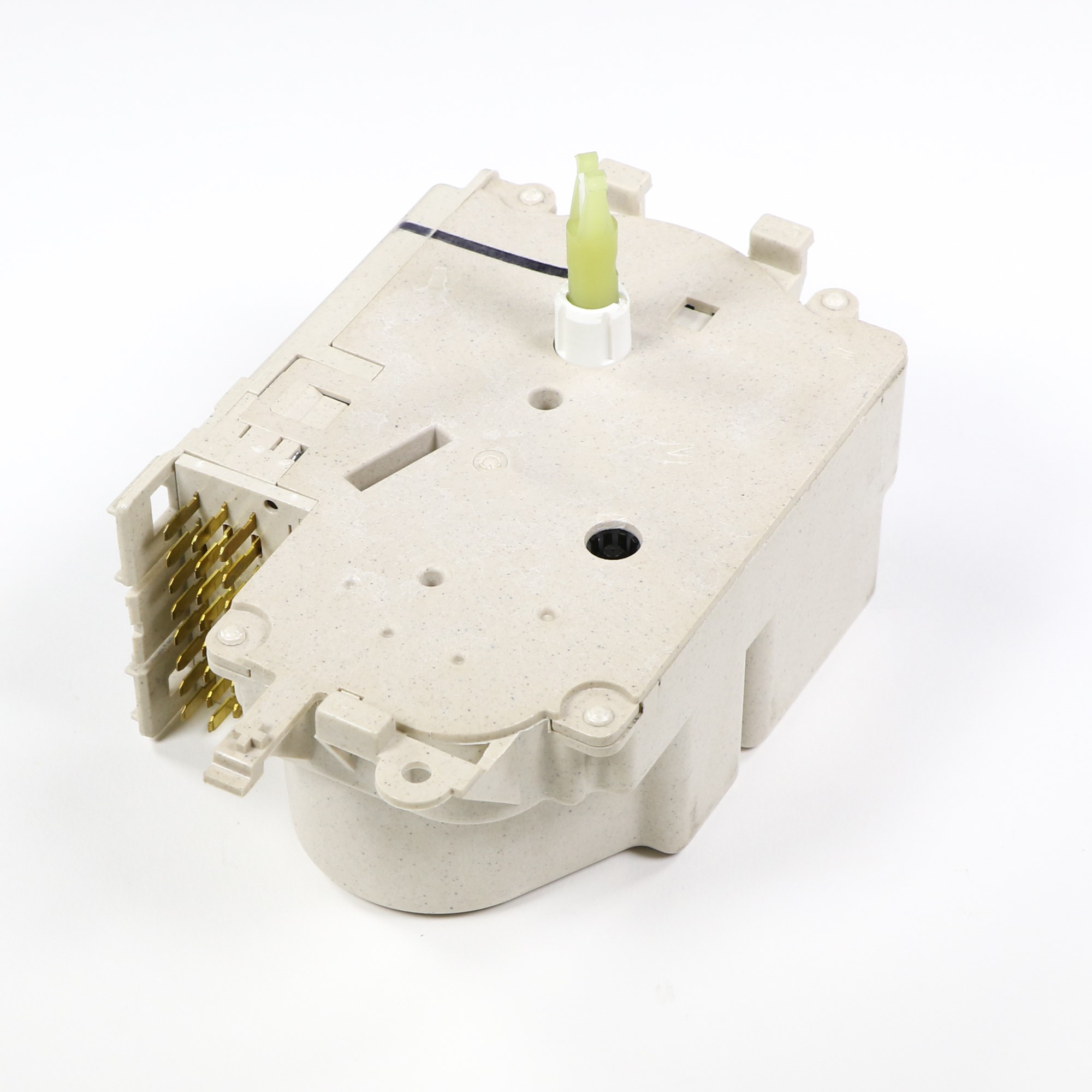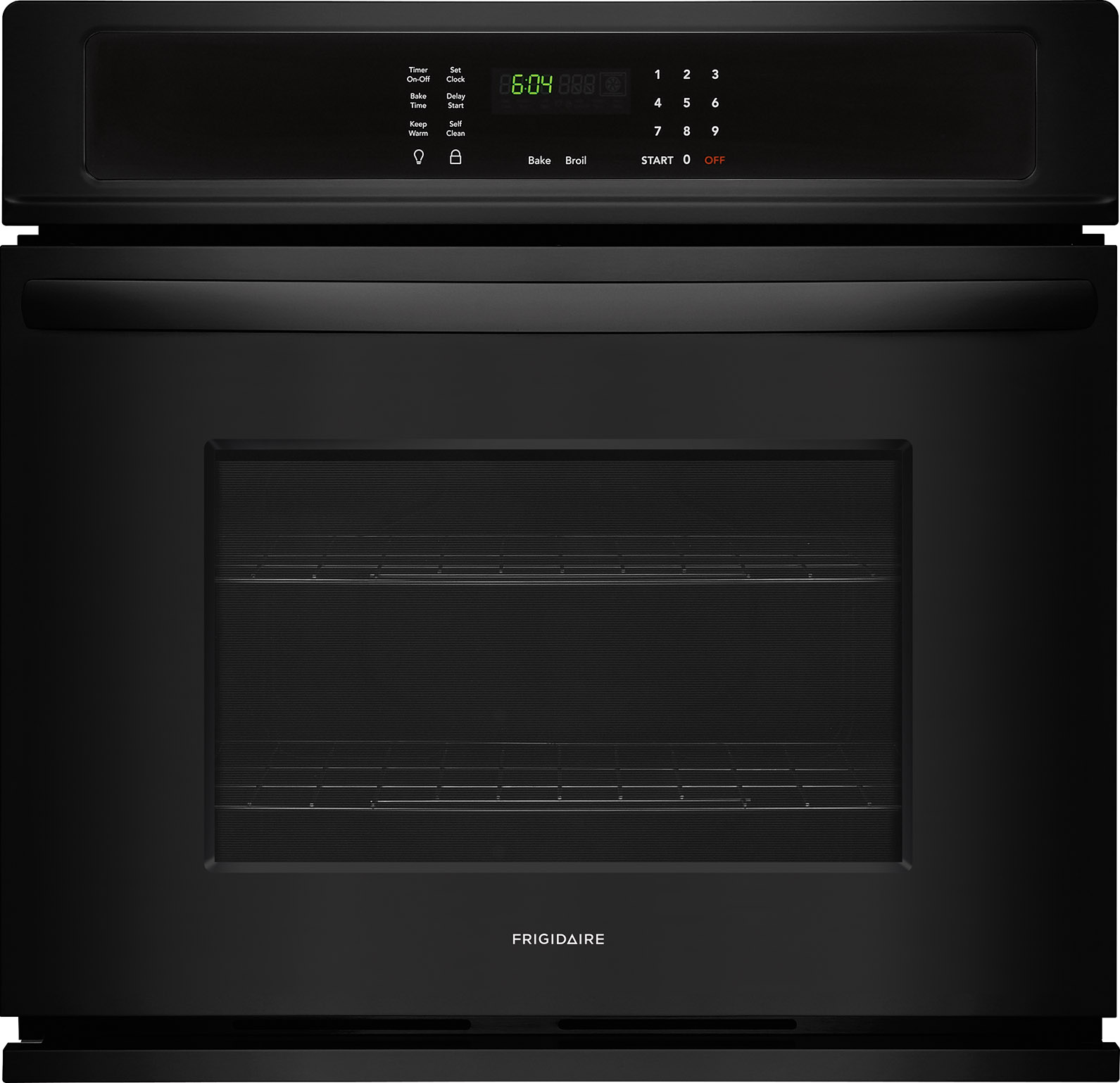

The last stage was to sit and stare at the space available in the caravan and work out Tetris style how it is all physically going to fit in and how much of the existing kit will be removed. I’ve been planning this for a few weeks now and it involves two or three drawings… some detailed planning and I’ve been checking equipment specs in detail.

Hey if it makes them try elsewhere… it works for me. As I always leave the caravan nose high in storage you can’t even pick it up and drop it on to a tow ball. So if anyone want’s to nick the caravan they now also have to contend with the hassle of getting round my jockey wheel clamp. I did try with a couple of sockets but the shroud makes it almost impossible to even knock a socket on with a hammer. It comes with a short handle and socket that fits the security bolt head. When it’s installed it is flush with the A frame cover and pretty difficult to get to. Simply it’s a security head bolt with a hardened shroud that replaces the normal jockey wheel clamp handle. I think it was from a caravan shop at a dealer near York that we visited a while ago.

I’d had this gadget for a while and I can’t remember where I got it from. Sort out your rear lights and never again have someone with four megawatts of light bars and spots flashing you and shouting “ Put Your Lights On Mate” as they simulate a starship going into warp drive passing you. To say I’m chuffed with these LED bulbs is a bit of an understatement… if you suffer from rear light envy as you follow one of those gloriously illuminated trucks down the motorway, drop Duncan an email at and tell him I sent you. On the VW Amarok I haven’t had any canbus warnings… I even plugged in my reader to check… all good and no strobing or hyper flash. the exposure is correct for the indicator and tail light but the fog light is amazingly bright. The tail light is a strong red and bright while the fog light looks washed out and white… it’s down to the fact that it is so bright its over exposed…. Having the LEDS the same colour as the lens works well. This is showing the indicator, tail light and fog light lit. However the photo above is one side converted over. not as easy as it looks in strong sunlight even though the caravan rear was in shade.

even tried a short video with one side changed over and the other side on conventional filament bulbs… all failed…. I did try to do before and after photos to compare the light output…. This is not a sponsored post and I paid the required number of beer tokens for these. A few more exchanges of emails ended up with me ordering replacement LED bulbs for the new fog lights, indicator lights and stop/tail lights. A couple of days later I dropped them an email with a few questions and Duncan replied back with some details. Well Peter Farnham posted in the comments section and recommended Classic Car LEDS Ltd ( ). If you read my previous post “ Put Your Lights On Mate…” then you might have picked up on my request at the end for any recommendations for a UK supplier of good quality replacement LED bulbs. I covered up the glued area with microfibre cloths to protect it from the sun and had a sit down with an iced coffee and a sammich. The data sheet advice is that handling strength is achieved after about 3 hours at 20 deg C. Bondrite do caution about NOT using an excessive clamping force as it can lead to crazing of the sheets. Sliding the three previous inserted needles out to allow the sheets to come together I used some fairly light clamps to hold the pieces together while they cured. You are advised to lay down a 5mm bead of glue… as this was going to be difficult between the two sheets of partially bonded plastic I opted to use a wide bore syringe needle on the glue bottle which allowed me to squeeze glue into the gap… it was a bit fiddly but I managed to achieve what I thought would be the right amount. I’d already tested this to make sure it was safe and it does evaporate very quickly. To hold the gap between he two sheets I used three long needles from syringes… this allowed me just enough wiggle room to slide some blotting paper with a bit of isopropanol alcohol to clean out any contaminates.


 0 kommentar(er)
0 kommentar(er)
